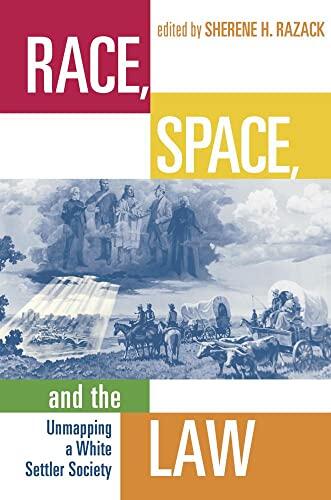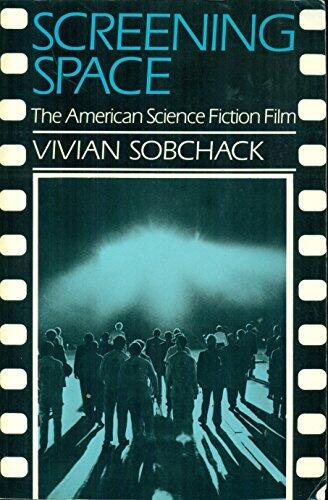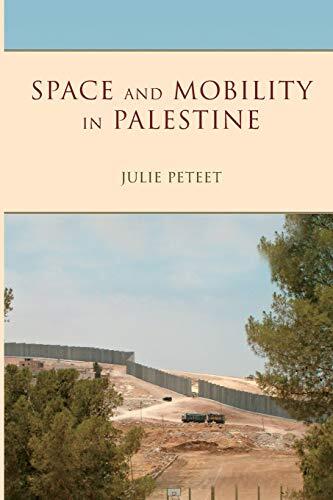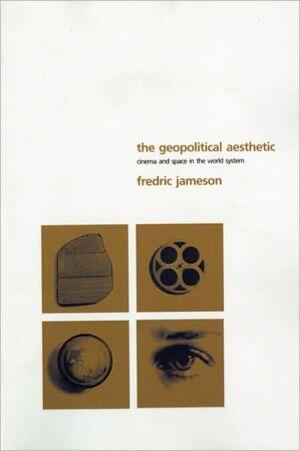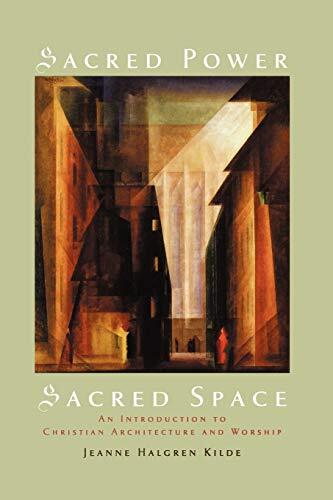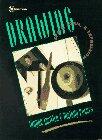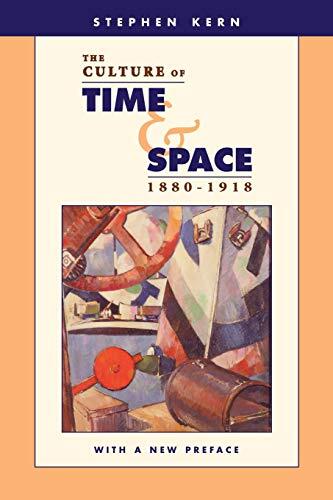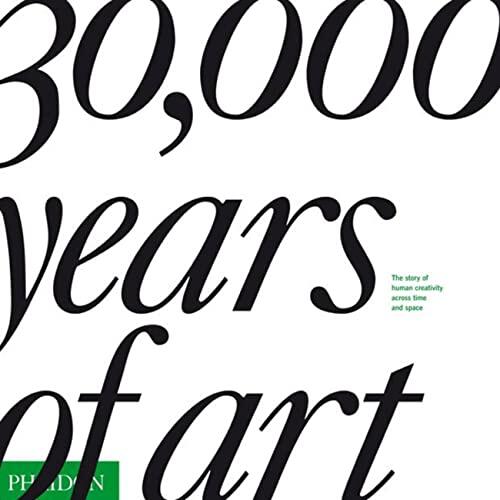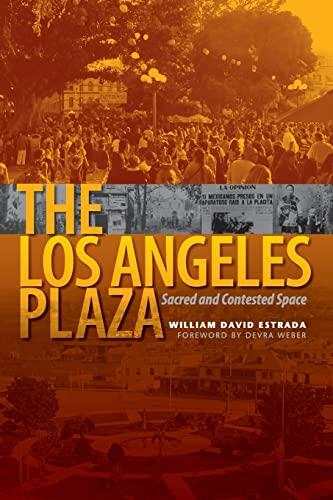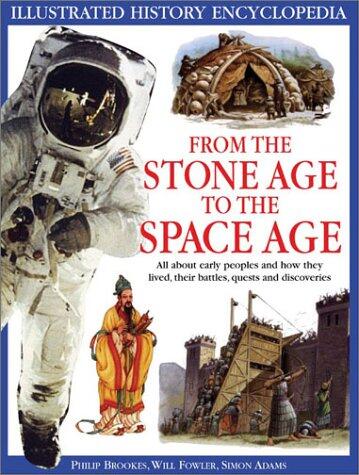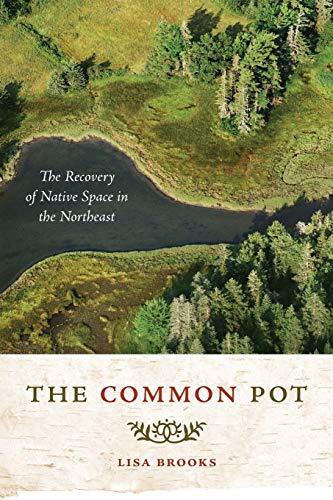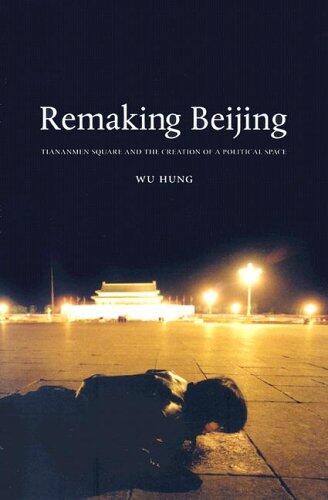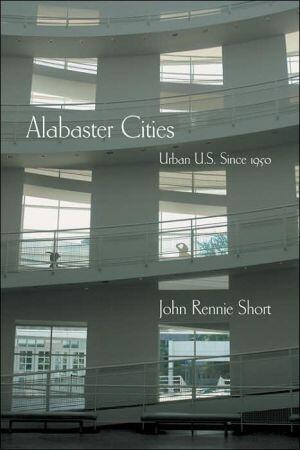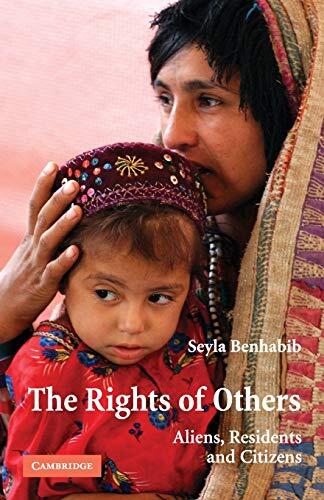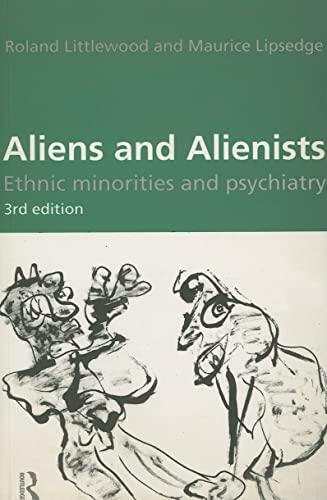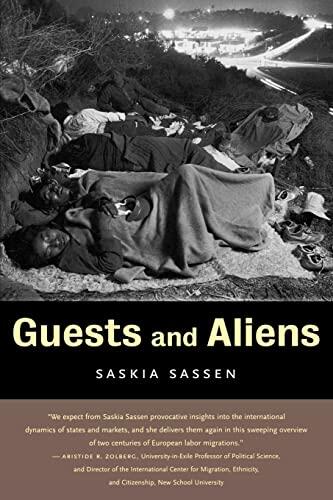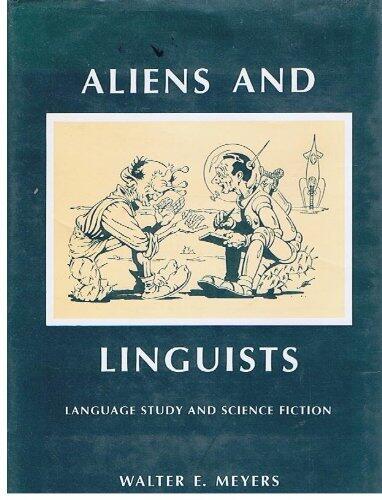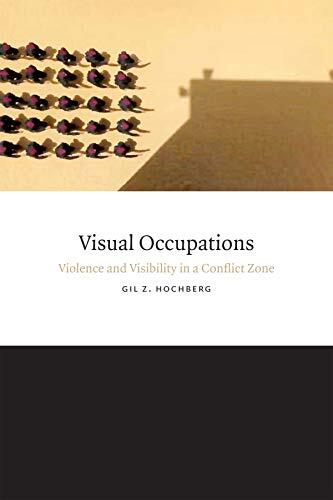
Visual Occupations: Violence and Visibility in a Conflict Zone
بواسطة
Gil Z. Hochberg
لا توجد تقييمات بعد
History
Art & Photography
تنسيق
غلاف ورقي
صفحات
224
لغة
الإنجليزية
منشور
May 4, 2015
الناشر
Duke University Press Books
الطبعة
Paperback
رقم ISBN-10
0822358875
رقم ISBN-13
9780822358879
الوصف
In a landscape where visibility and violence intertwine, Gil Z. Hochberg explores the potent relationship between visual culture and the lived realities of those in conflict zones. Her work delves deep into how political narratives are crafted through images, examining the intricate dynamics of representation, erasure, and memory. Hochberg uncovers the ways in which visibility can both illuminate and obscure, revealing the hidden stories beneath the surface of destruction and despair.
With an acute awareness of the power dynamics at play, the examination challenges readers to confront the nuances of what it means to document suffering, loss, and survival amidst social upheaval. The author navigates the delicate balance of visibility, articulating how the visibility of trauma often coexists with the erasure of resilience and agency. Each chapter serves as a meditation on how visual politics shape collective experiences in regions ravaged by conflict.
Through her insights, Hochberg invites a reflection on the ethics of representation and the responsibility that comes with bearing witness. She opens a dialogue about the lingering scars left by violence, urging a reconsideration of how narratives are constructed and conveyed in contemporary society. The exploration reinforces the idea that within the ruins lies the potential for reclamation, remembrance, and reinvention, exemplifying the potency of visual culture in both articulating and contesting the narratives of conflict.
With an acute awareness of the power dynamics at play, the examination challenges readers to confront the nuances of what it means to document suffering, loss, and survival amidst social upheaval. The author navigates the delicate balance of visibility, articulating how the visibility of trauma often coexists with the erasure of resilience and agency. Each chapter serves as a meditation on how visual politics shape collective experiences in regions ravaged by conflict.
Through her insights, Hochberg invites a reflection on the ethics of representation and the responsibility that comes with bearing witness. She opens a dialogue about the lingering scars left by violence, urging a reconsideration of how narratives are constructed and conveyed in contemporary society. The exploration reinforces the idea that within the ruins lies the potential for reclamation, remembrance, and reinvention, exemplifying the potency of visual culture in both articulating and contesting the narratives of conflict.

